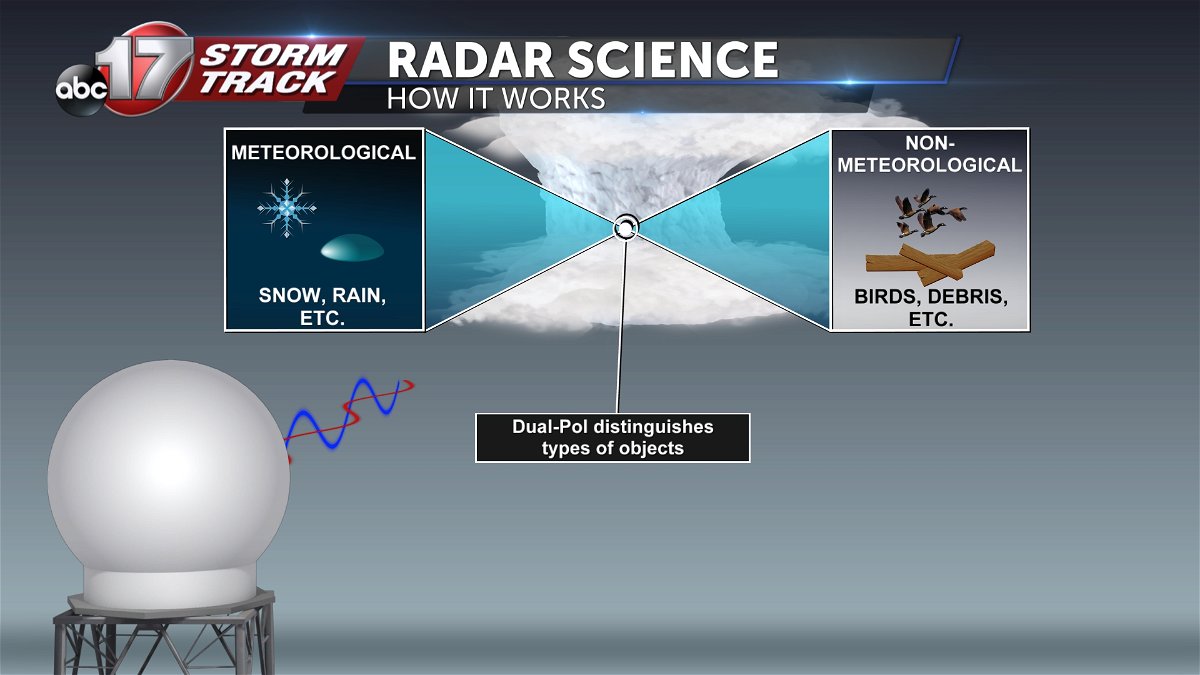How weather radars work
This spring, meteorologist everywhere will be glued to radars to help keep you informed on what is going on in your area. These days, radars have came a long way and can offer more usable data than ever before.

Radars emit a radio wave into the atmosphere at a small angle. This radio wave then continues on until it reaches other objects like clouds, rain, hail..... and reports back the wave to the radar dome. This info is then processed by computers to reflect to monitors on maps that can be used to analyze current weather situations.

Doppler radar can allow meteorologist to determine wind speed and direction based off object motion in terms of away or towards the radar.

Dual-Pol radar upgrades first become operationally in 2011 allowing for more detailed descriptions of precipitation types and other non-meteorological objects such as migrating birds and debris thrown by tornadic activity.
These products will all be used in conjunction this spring to help the ABC 17 Stormtrack Weather Team keep you safe and informed.
